This is a forecast based on current trade policy and industry analysis—not an official announcement from most manufacturers. That said, filmmakers should prepare: Due to the upcoming U.S. import tariffs—part of President Donald Trump’s renewed trade strategy—prices on high-end cinema gear are likely to increase in the coming weeks. While some brands like Blackmagic Design have already raised their U.S. prices, others—including Sony, RED, Nikon, Panasonic, and many others—may soon follow. Our estimates are based on supply chain origins, known manufacturing locations, and how past tariffs impacted similar gear. If you’re planning a major gear purchase, now might be the time to act.
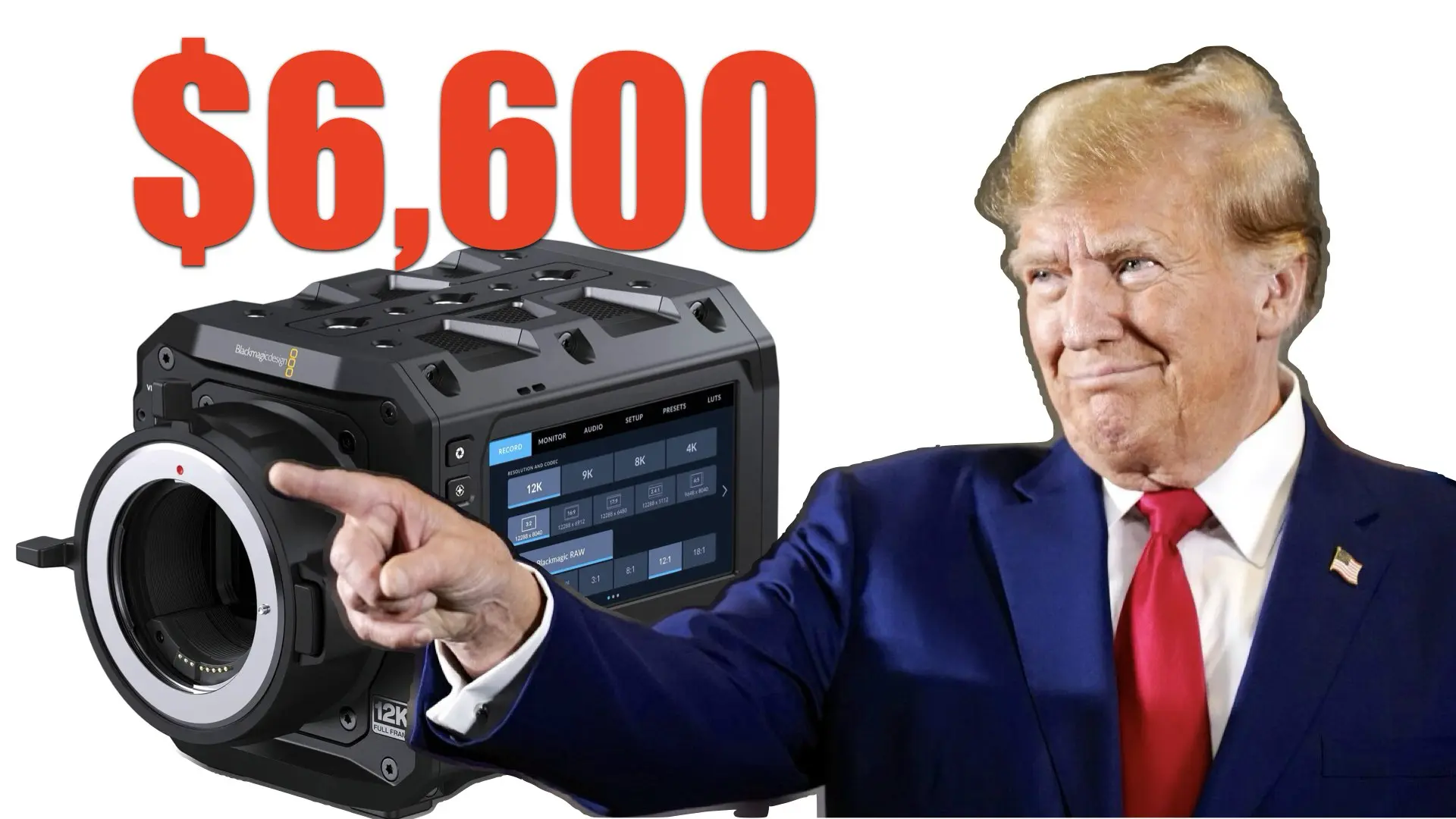
What’s Happening?
In April 2025, a new round of U.S. import tariffs will take effect, targeting electronics and technology imports, including professional cameras and film gear. These tariffs are part of a broader U.S. trade policy shift that aims to reduce dependence on foreign manufacturing while promoting domestic production. For filmmakers, this will likely mean higher prices on cameras, lenses, and other key gear, especially if it’s produced or assembled overseas. While the goal of these tariffs is to stimulate domestic manufacturing, in the short term, film industry professionals may face rising costs on their favorite cameras and production gear.
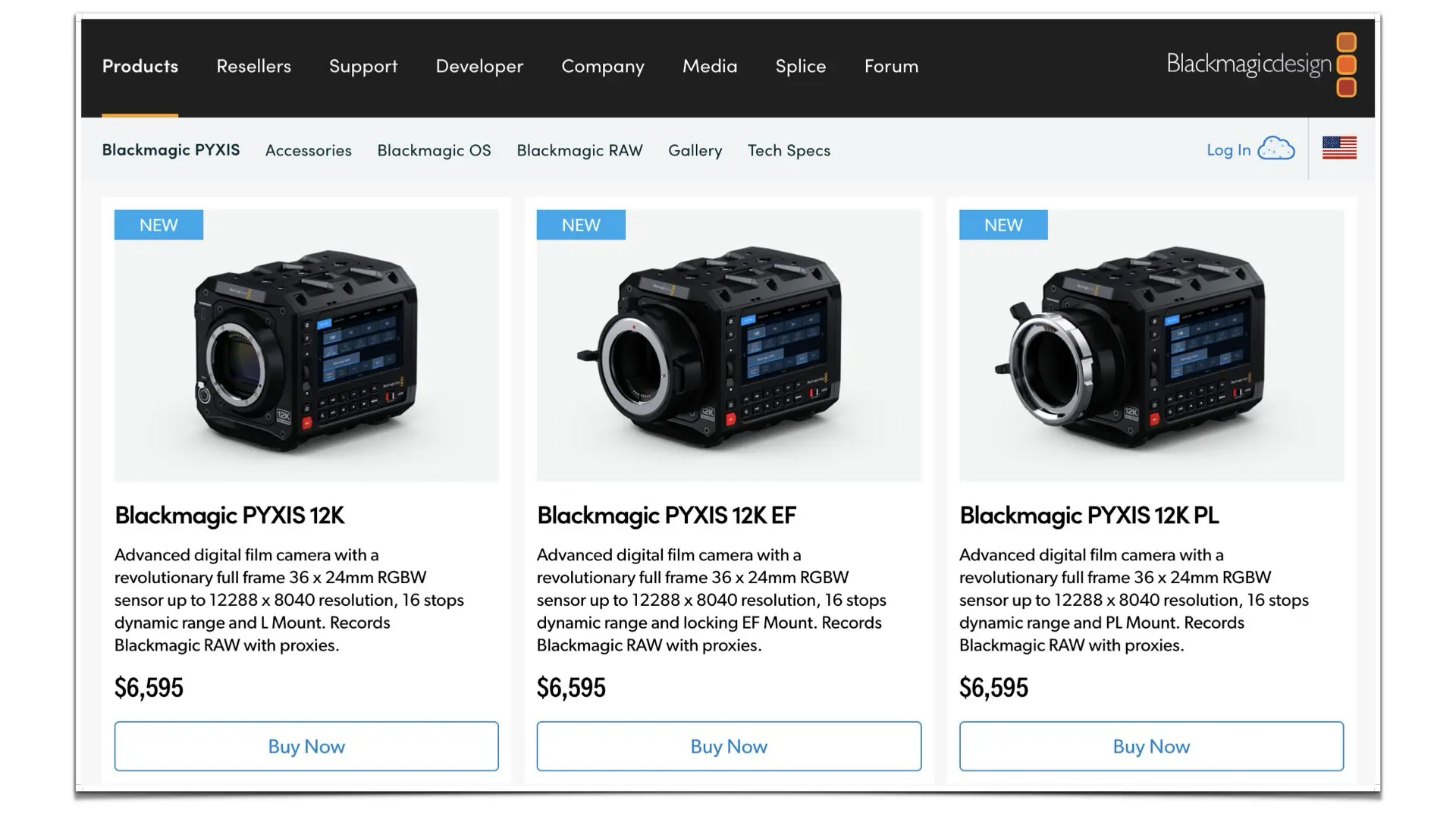
Blackmagic Design: First to Adjust
Blackmagic Design has already updated its pricing due to the tariffs. Notably, the Blackmagic Pyxis 12K has seen a significant increase—$1,600 more, bringing the price up to $6,600 from its original $5,000 price tag. This is one of the most significant price hikes observed so far, making it clear that the tariffs are having a direct impact on the cost of high-end cinema gear. For the time being, some U.S. retailers like B&H Photo and Adorama are still listing the older prices, but it’s expected that these prices will rise soon as new shipments reflect the tariff increases. Blackmagic’s statement clarified that these price hikes only apply in the U.S., with international prices remaining unaffected—at least for now. Explore Product Links at the end of the article.

Estimated Camera Price Increases by Brand
Based on current manufacturing trends and past tariff impacts, here’s an estimation of how prices for Sony, RED, ARRI, Nikon, and Panasonic cameras might be affected by the upcoming tariff changes:
Sony Cinema Line (FX3, FX6, FX9, VENICE)
-
Origin: Japan, Thailand, with some components from China
-
Estimated Price Increase: $300–$1,000
-
Analysis: Sony manufactures its major cinema cameras in Japan and Thailand, with some components sourced from China. This mix of international sourcing means price increases are likely, especially on models like the FX6 and FX9, which rely on electronics that may be impacted by tariffs on Chinese-made parts.
ARRI (ALEXA 35, Mini LF, AMIRA)
-
Origin: Germany
-
Estimated Price Increase: Minimal or none
-
Analysis: ARRI cameras are primarily manufactured in Germany, meaning they are somewhat insulated from tariff increases on Chinese-made parts. While some accessories or third-party components might see slight price adjustments, ARRI’s core camera systems are unlikely to experience a major price shift.
RED Digital Cinema (KOMODO-X, V-RAPTOR)
-
Origin: USA-based assembly, with global parts sourcing
-
Estimated Price Increase: $400–$800
-
Analysis: RED cameras are assembled in the U.S., but they rely on global parts, many of which come from countries affected by the tariffs, particularly China. Expect moderate price increases on upcoming models like the KOMODO-X and V-RAPTOR as RED adjusts to new supply chain costs.
Nikon (Z8, Z9, D850)
-
Origin: Japan and Thailand
-
Estimated Price Increase: $200–$500
-
Analysis: Nikon manufactures its cameras primarily in Japan, but the company does rely on Chinese-made components for some parts. The Z8 and Z9 may see slight price hikes as tariffs affect the cost of parts or assembly processes.
Panasonic LUMIX (GH6, S5II, BS1H, BGH1)
-
Origin: Japan and China
-
Estimated Price Increase: $100–$400
-
Analysis: Panasonic LUMIX cameras, particularly the BS1H and BGH1, use parts sourced from China, making them more susceptible to price increases. These price hikes could be relatively small, but notable for production teams on a budget.
![Z-Mount Versions of RED V-RAPTOR [X] and KOMODO [X] Cinema Cameras](https://ymcinema.com/wp-content/uploads/2025/02/RED-Digital-Cinema-Introduces-V-RAPTOR-X-Z-Mount-A-Groundbreaking-Move-Following-Nikons-Acquisition-more.004.webp)
Why Is This Happening?
The purpose of these tariffs is to promote domestic manufacturing by taxing foreign-made goods. In theory, this will encourage companies to bring production back to the U.S., reducing reliance on foreign supply chains. However, in the short term, manufacturers who rely heavily on overseas production—particularly in China—will have to absorb higher import costs, which will most likely be passed onto consumers. This situation leaves filmmakers and content creators in the U.S. facing rising costs as brands recalibrate their pricing models. While the price increases may seem significant, they’re a short-term side effect of a long-term trade strategy aimed at bolstering U.S. industry.
What Should Filmmakers Do?
For independent filmmakers, production companies, and rental houses, it’s important to plan your purchases carefully over the next few weeks. If a new camera or piece of gear is on your radar, it might be worth buying sooner rather than later, before prices rise.
Here are a few tips:
-
Check Current Retail Prices: Many U.S. retailers, like B&H Photo and Adorama, may still have older prices listed. However, the prices will likely be updated once the tariffs are in full effect.
-
Consider the Used Gear Market: As new camera prices rise, expect the used market to become more popular, offering an opportunity to save money by purchasing pre-owned equipment.
-
Watch International Markets: If you’re based outside the U.S., it’s currently a good time to purchase gear without worrying about the increased costs tied to U.S. tariffs.
Closing Thoughts
While the tariffs may not have immediate global impacts, the short-term effects on U.S.-based filmmakers are undeniable. Camera prices will likely rise, especially for products reliant on Chinese-made parts. As the film industry continues to adapt to these changes, early purchasing decisions and smarter budgeting will help filmmakers avoid being blindsided by price hikes. Remember, these are just forecasted price increases based on current trade policy. Official changes may vary, but being informed now will give you the advantage in securing your next production upgrade before prices climb.

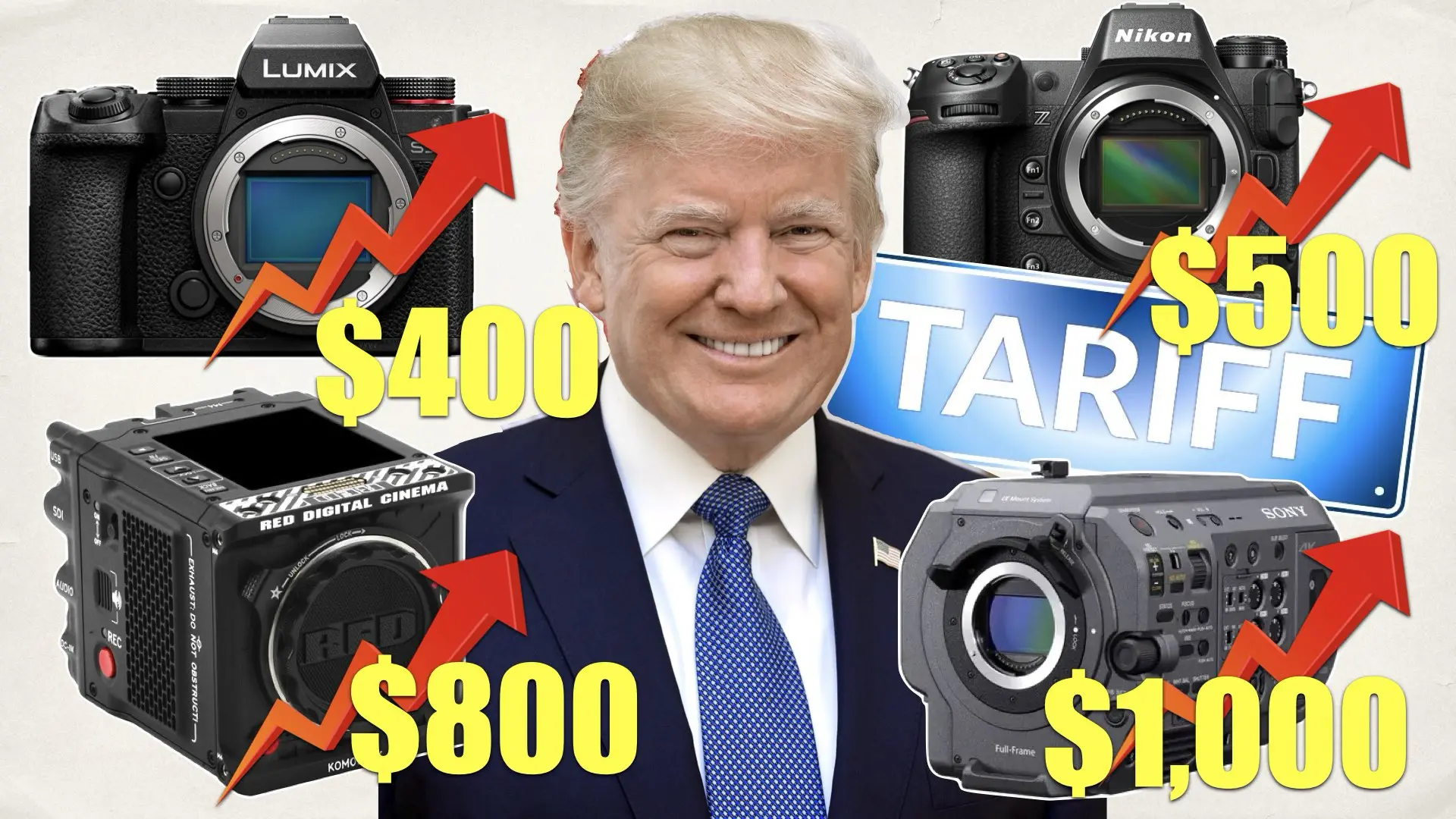
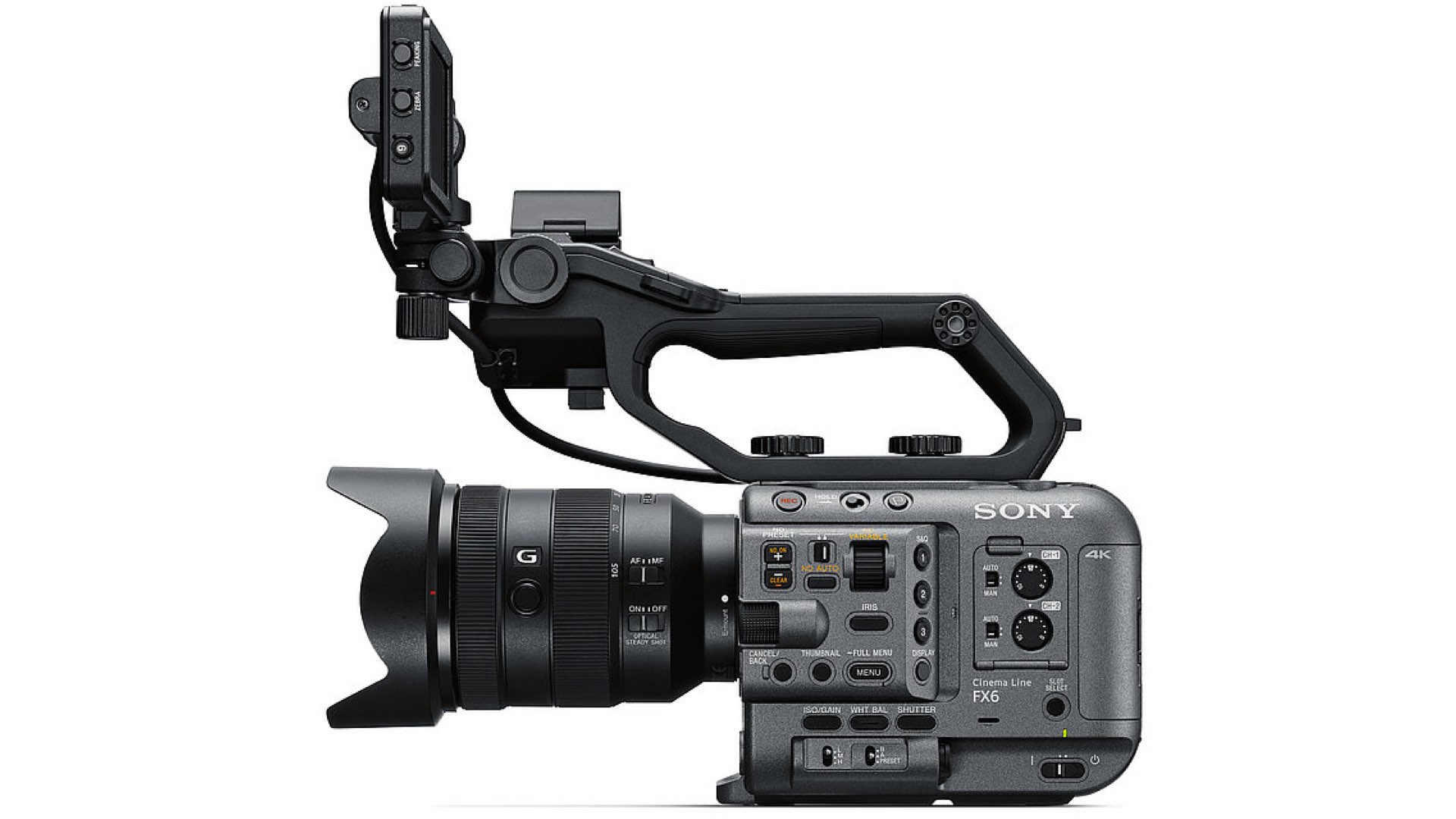
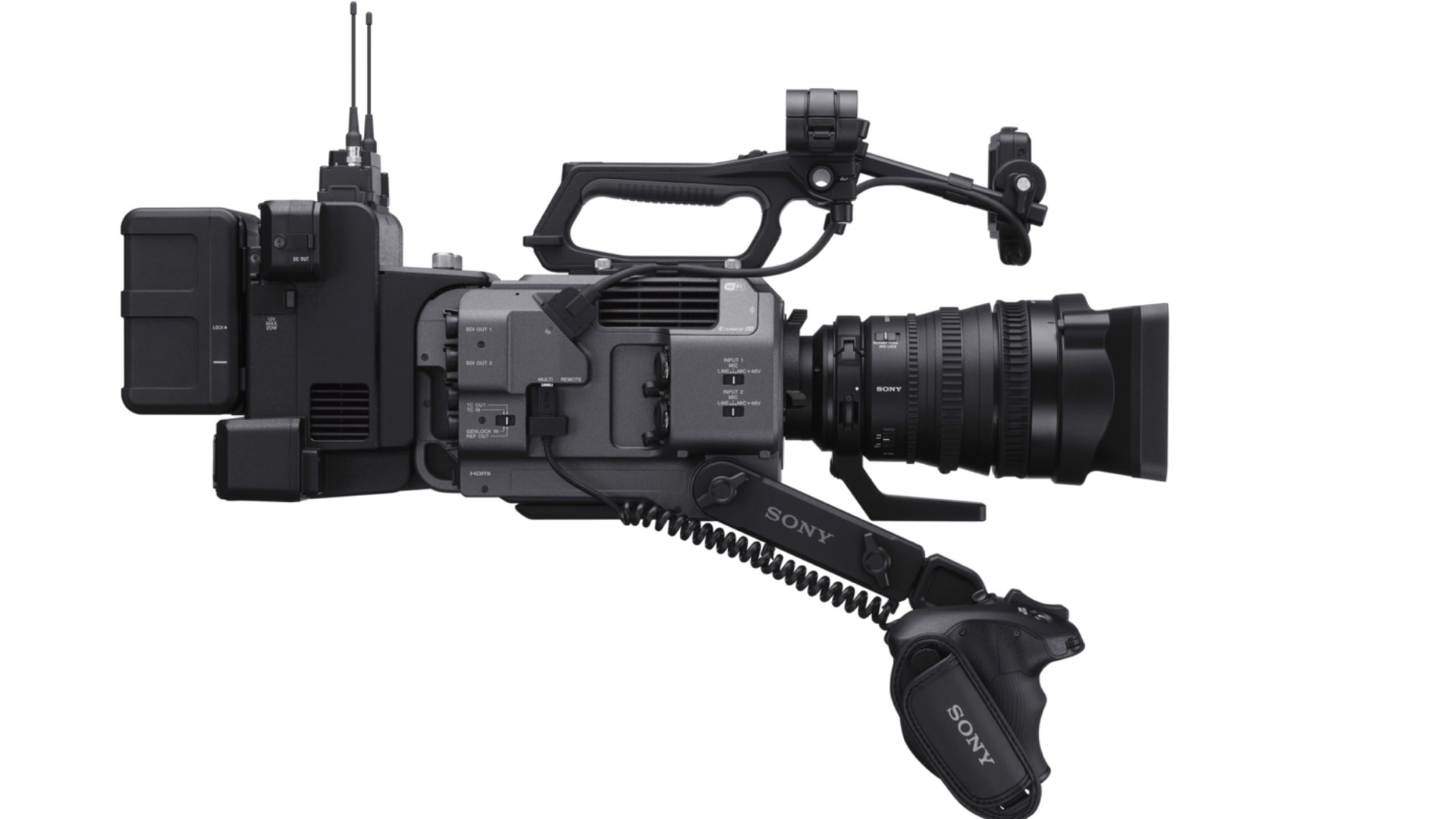
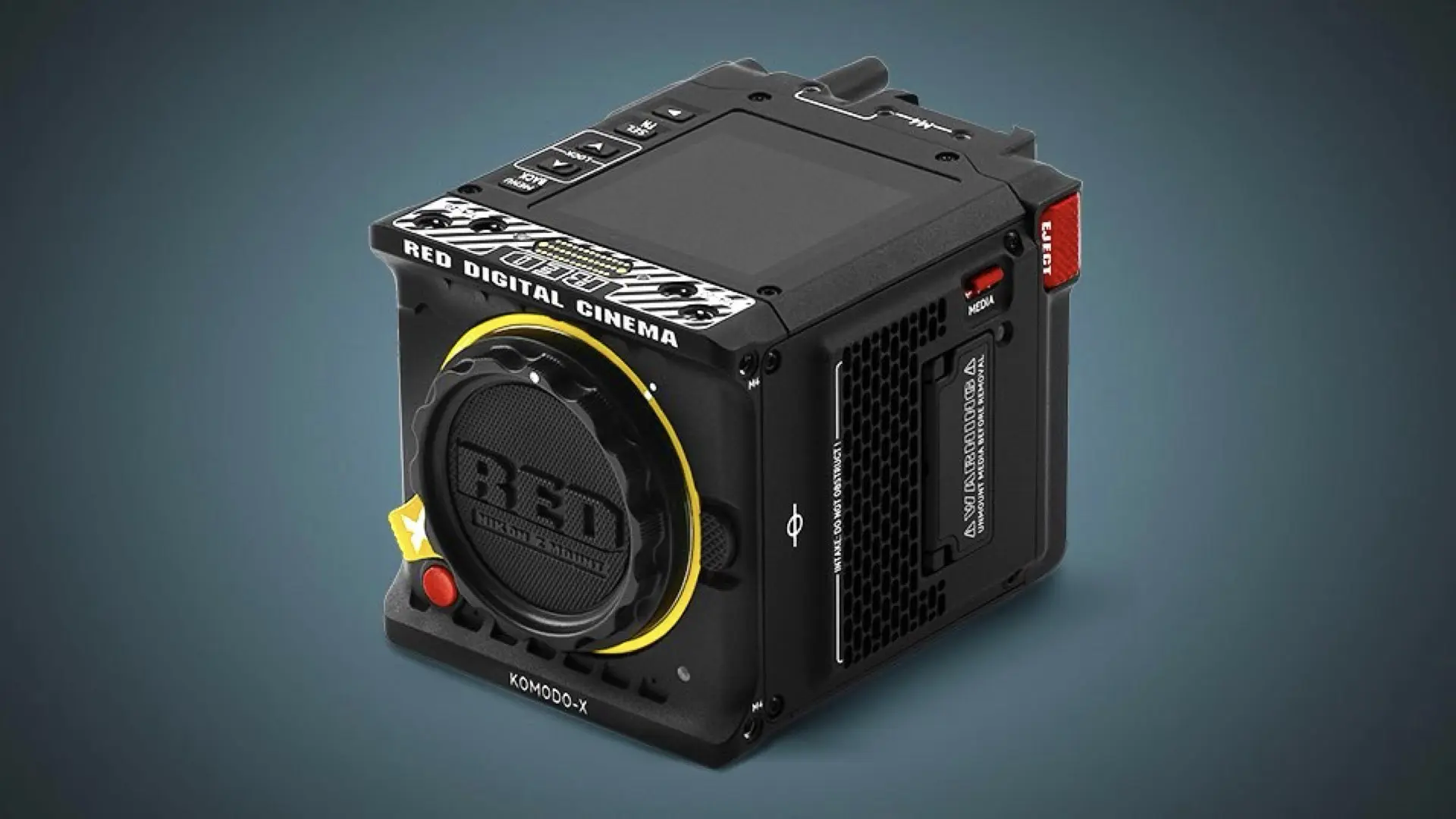
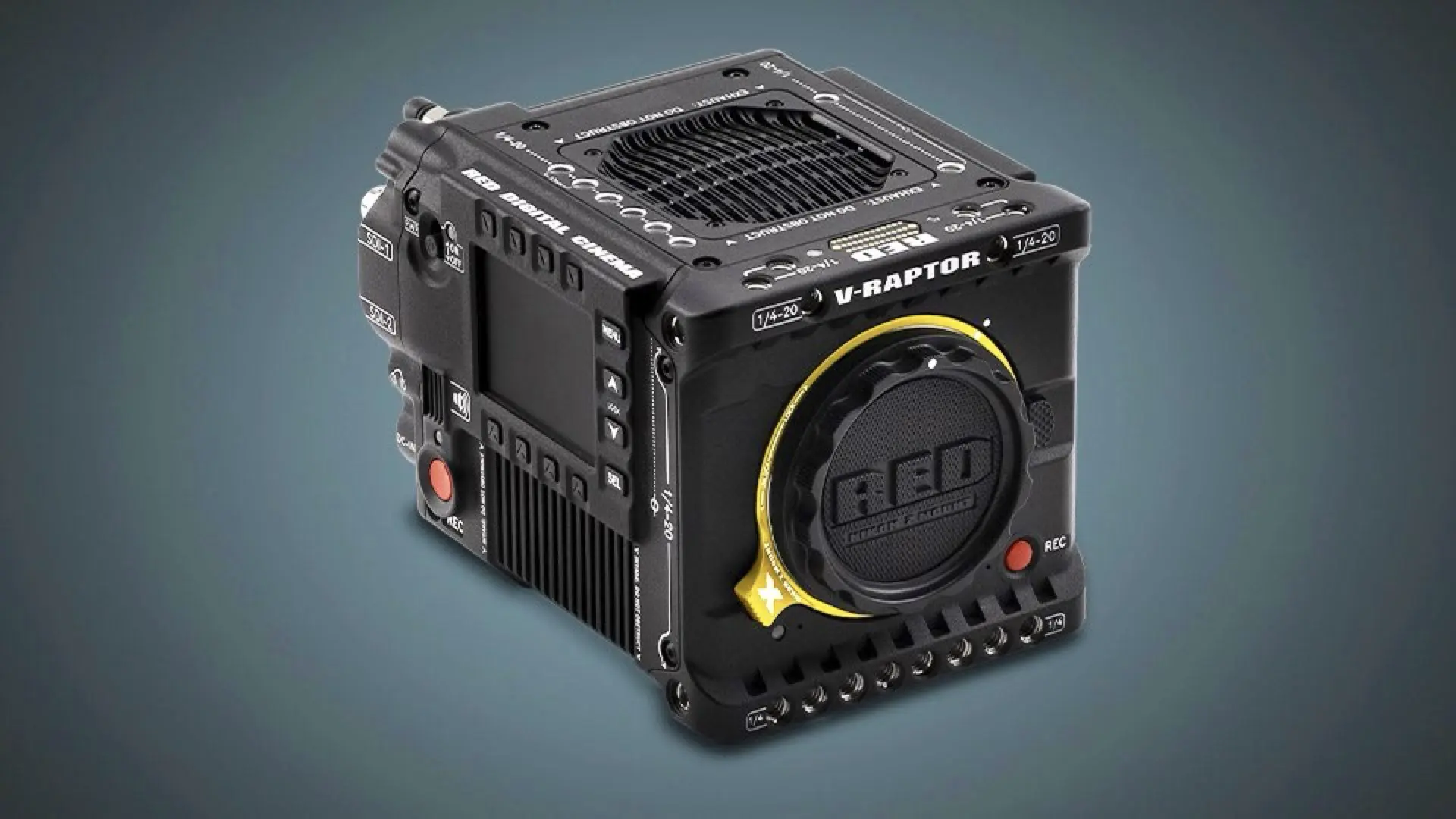
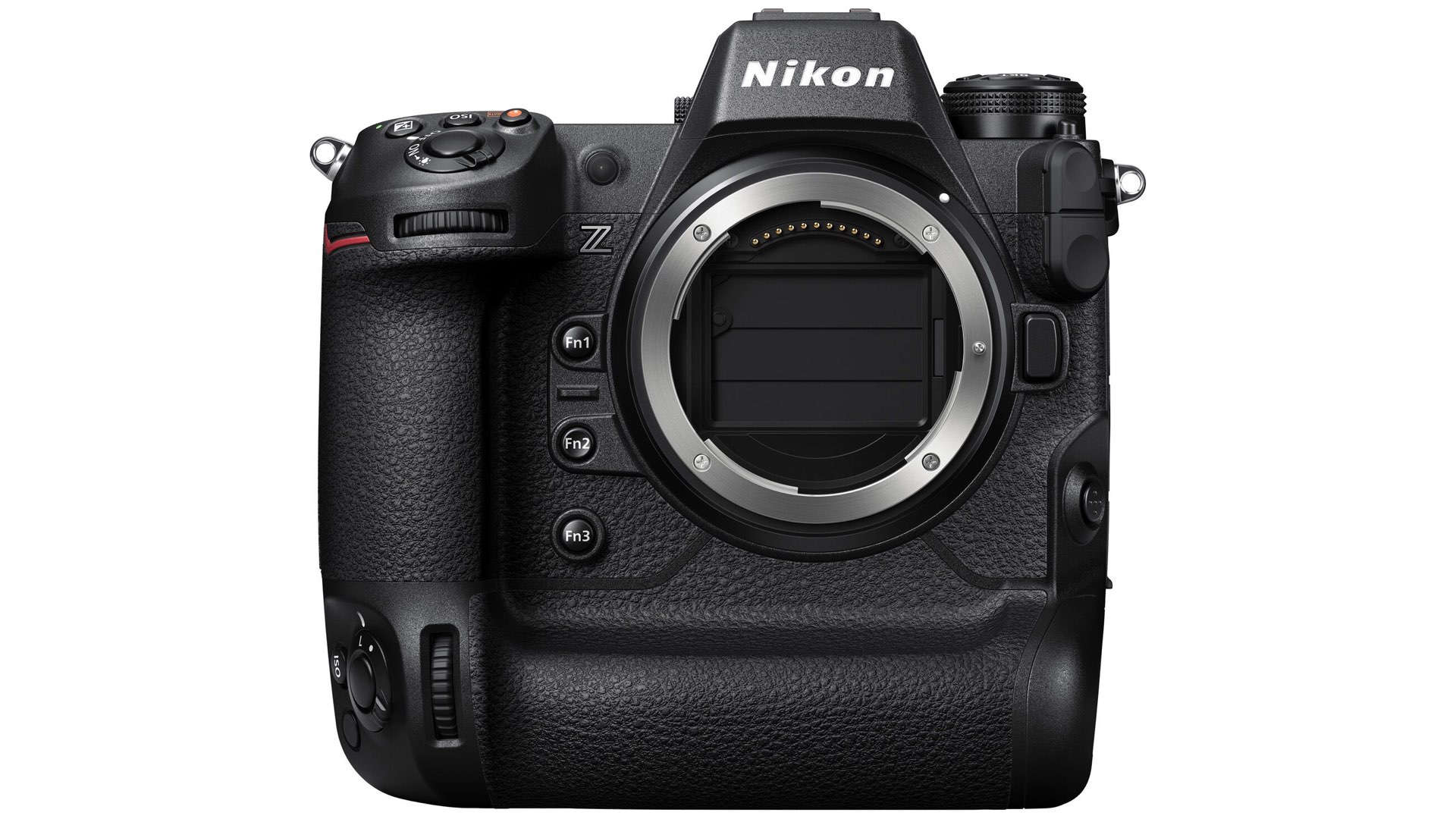
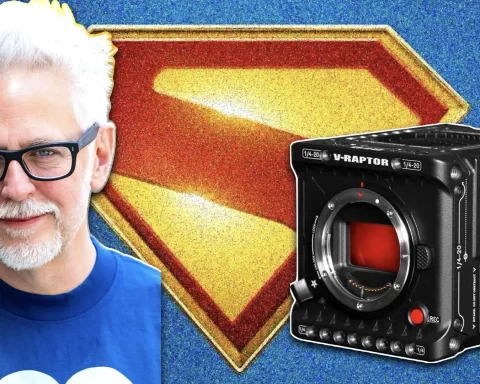
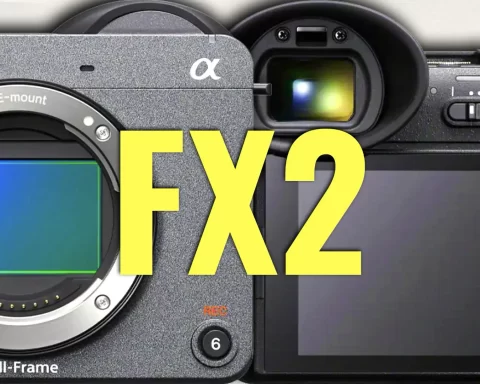
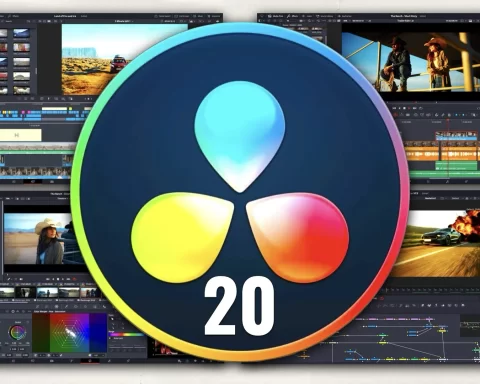
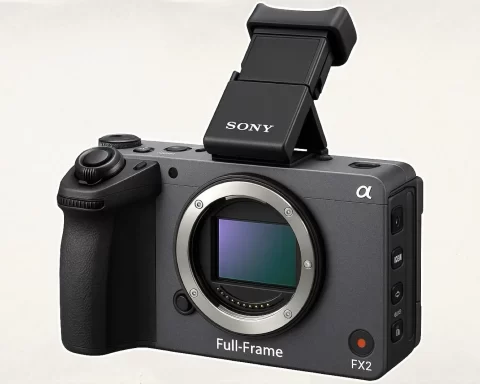
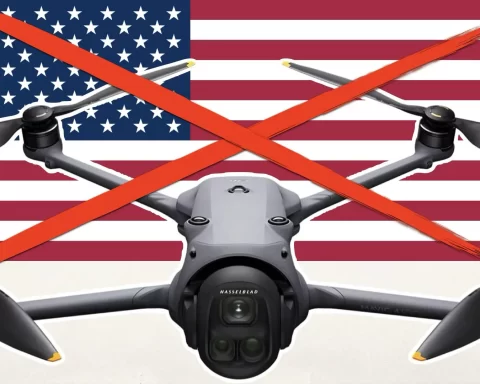



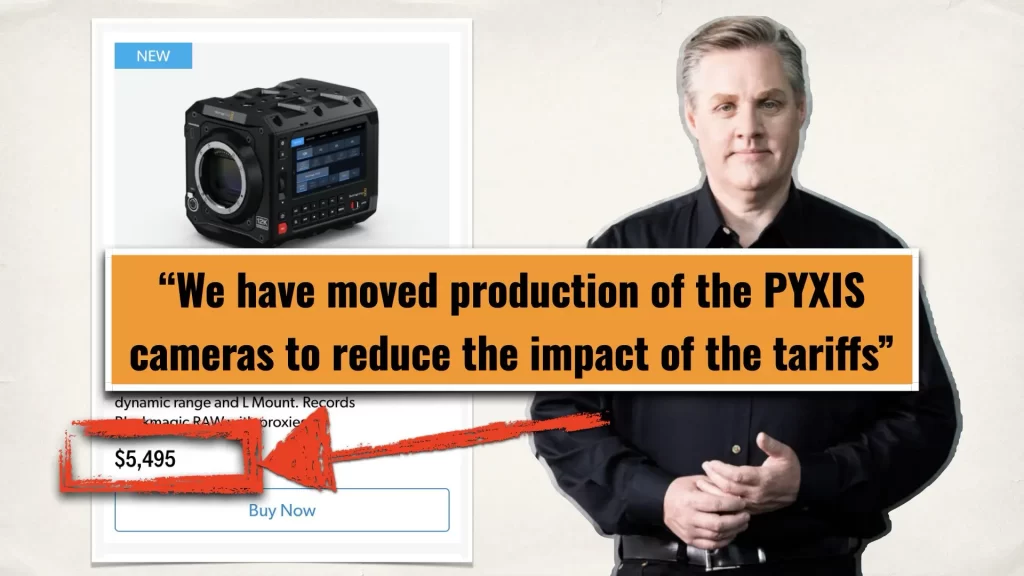

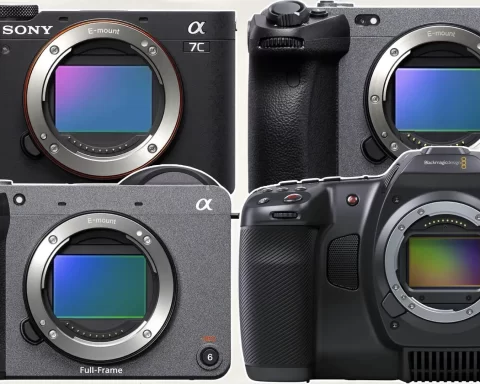
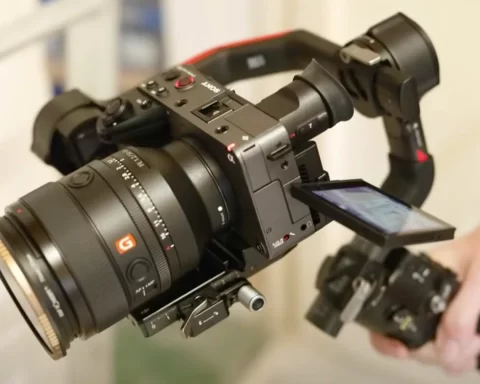


Here’s to hoping they boot the ol’ Mango Mussolini’s fascist a$$ out of office right along with his lickspittle billionaire cronies REAL SOON. They are a disgusting pack of hypocrite weasels.
First you gotta stop the fascists in Israel from continuing their genocide
Agree 100% with the current trade tariffs! It brings short term pains and long-term substantial benefits! I can’t comprehend anyone opposed to fair international trade and to bring back our manufacturing home where it belongs!
LOOOOOOL!!!! Yummy yummy KOOL-AID!!!
Yeah, YOU must know SO much better than 99% of EVERY economist, hm??! 😂😂😂😂
You keep on praising your rapist, felon, LIAR, and you’ll see what that gets ya!! Oh, and like, Frump isn’t going to back down from the whole thing and pretend it was because he cut some AMAZING DEAL he made??!! LOL… dream on. I pity you greatly. SO delusional.
Move manufacturing back to the U.S. for TEN TIMES the cost in 5-10 years??! Bravo!! You’re just SO clever! 🤣 As if that required any mindless BS tariffs to begin with. 🙄🤦🏼♂️
You are so full of shit and idiocy you are not even worth a reply! Typical ignorant not aware of our manufacturing history and the millions of jobs lost to our politicians’ corruption and greed from both parties. Clinton, Bush, Obama and Biden have all given us a trade deficit via the foreign tariffs placed on our goods.
Jobs we’re mostly lost due to productivity gains in technology. It wasn’t nafta. The manufacturing jobs are never coming back. Even if you reshore, slap tariffs and pay companys to open factories, because of automation the jobs will never come back.
Instead of trying to bring ghost jobs back, how about we just take care of people? Also trade deficits only hurt certain segments of the american capitalist class. It helps consumers. But Trump is representing a very small sliver of the US billionaire class who like tariffs.
Seriously? You mentioned gains in technology but failed to mention how the USA was the leader in technology and politicians from both parties allowed the. Manufacturing of microchips to foreign countries which was not only a security threat but a financial mistake! Fact of the matter is that gains in technology has no bearing on our trade imbalance, it’s the stuff that once upon a time was made here and now made in foreign countries. Furniture, clothing, fabrics, appliances, etc. account for the millions of jobs lost. And to add insult to injury, the great majority of our imports are pure crap!
The US is still the largest exporter in the world only 2nd to china. In terms of productivity the US is the 2nd largest manufacturing economy in the world but in terms of employment in that sector its only 8% in the US. Making everything more expensive and crashing the world economy is not going to raise employment in the US manufacturing sector.
BINGO. Nailed it.
Not worth the reply yet you are replying? Who is stupid here? That’s a rhetorical question. dumb ass.
Dumb ass , your mama, asshole
Nailed it, Brian! LOL
Yep. That’s the ignorant Trumpian boot-lickers for ya! ZERO substance to bring to the table other than mindlessly parroting any and everything the Mango Mussolini drivels out and spewing low-brow, 3rd-grade ad hominem gibberish.
We Europeans are laughing our A$$E$ off at you pathetic minions that don’t even understand the FIRST thing about how tariffs even WORK!! 😂😂😂
And pathetic little Pumpkin McPornhumper couldn’t even hold his nonsense FOR A WEEK!! Now, claiming it was all part of “the plan,” something he can’t even SPELL, let alone cook up!! 🤣 The MORON that knows the “Art of the Deal” that he bankrupted SIX COMPANIES, and you sad little lapdogs still hang on his every word!!
Maybe try breeding OUTSIDE of the family bloodline for a change?!
Reading comments here makes me wonder about the American education system. CEO, CFO decisions about cutting costs and increasing profit margins lead to THEIR decision to send manufacturing overseas. There are no evil foreign boogie men. Tarrifs are an after thought bandage to try to balance imports by slowing the purchase and encouraging consumers to buy cheaper local products which at this point don’t really exist in cars trains planes or auto mobiles, food, electronics etc. Way too many products contain MULTIPLE items that companies outsource. It would take YEARS of changes to make a difference to a consumer after the quality difference and compatability is back to what it is NOW. The tarrifs are a weapon of chaos at the moment and serve no one but it will push external companies to build different partnerships.